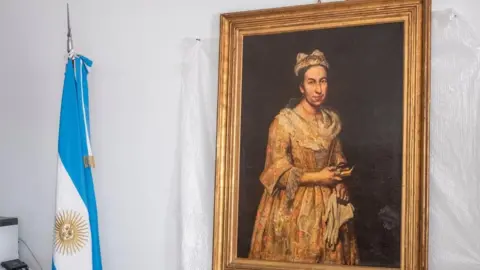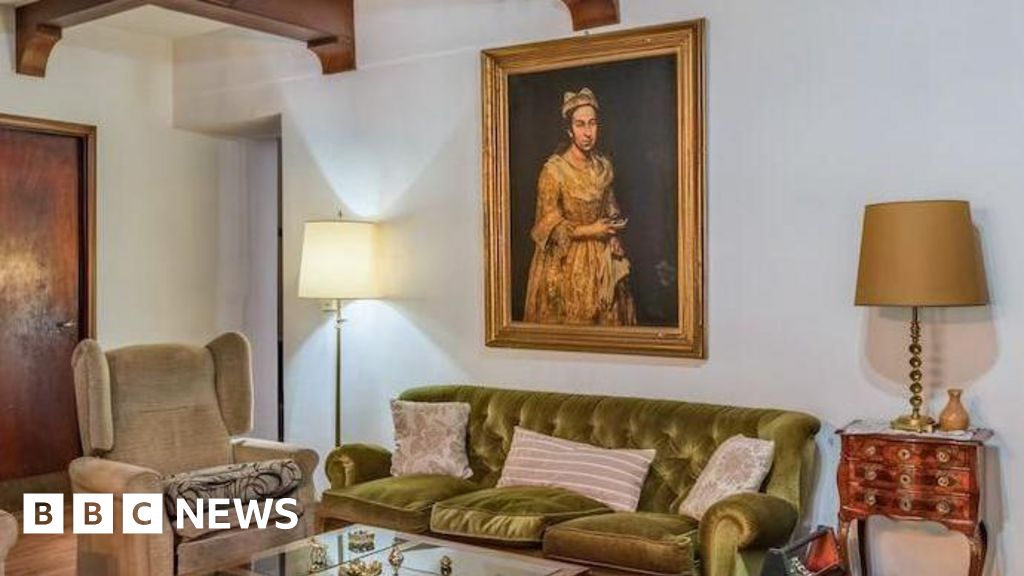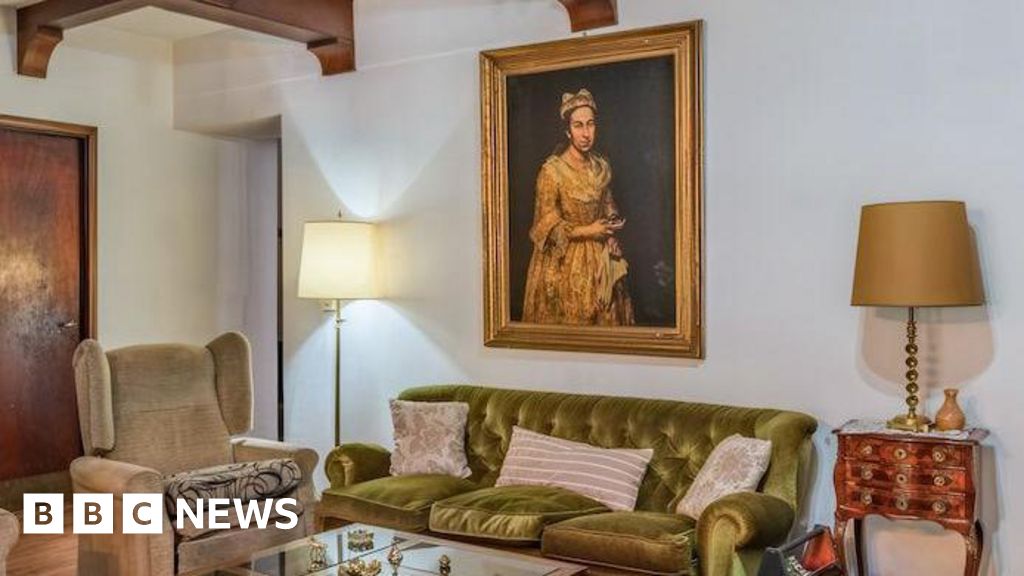The incident occurred recently at the Museum Boijmans Van Beuningen in Rotterdam, where a child accidentally scratched the renowned painting "Grey, Orange on Maroon, No. 8," valued at approximately €50 million (£42.5 million). A spokesperson for the museum confirmed that the damage was superficial, with small scratches visible on the unvarnished paint of the artwork. The museum is currently exploring options for restoring the painting with conservation experts both locally and internationally.
According to conservation manager Sophie McAloone, modern unvarnished paintings are particularly vulnerable to damage due to their unique composition and presentation. The museum stressed the importance of careful examination of the painting's damage before determining the next steps, assuring the public that the artwork would likely return to display in the future.
This incident has drawn attention to broader implications for museums, especially in the UK, where institutions like V&A East and the British Museum are contemplating more accessible displays from their collections. Marketing manager Jonny Helm pointed out the challenges faced by conservators restoring such complex works, particularly unvarnished pieces like Rothko's that are more susceptible to environmental damage.
Rothko is no stranger to damage-related controversies; the artist's work has been historically subjected to vandalism, with a notorious case in 2012 where a Rothko painting was deliberately damaged at the Tate Modern in London. This ongoing risk raises questions about insurance and liability, as Rachel Myrtle from Aon indicated that fine art insurance typically covers accidental damages, including those caused by visitors, albeit with certain conditions attached.
The museum has a history of maintaining strict policies regarding damage to art, having previously sought compensation from visitors responsible for accidents. This raises further questions about accountability in incidents of accidental damage at art institutions.
Furthermore, the incident sheds light on a pattern of art damages occurring in the Netherlands, featuring several notable cases in recent years, including thefts and mishaps during renovations. As museums evolve to provide greater access to artworks, the balance between preservation and visitor interaction remains a critical concern for curators and conservators alike.
According to conservation manager Sophie McAloone, modern unvarnished paintings are particularly vulnerable to damage due to their unique composition and presentation. The museum stressed the importance of careful examination of the painting's damage before determining the next steps, assuring the public that the artwork would likely return to display in the future.
This incident has drawn attention to broader implications for museums, especially in the UK, where institutions like V&A East and the British Museum are contemplating more accessible displays from their collections. Marketing manager Jonny Helm pointed out the challenges faced by conservators restoring such complex works, particularly unvarnished pieces like Rothko's that are more susceptible to environmental damage.
Rothko is no stranger to damage-related controversies; the artist's work has been historically subjected to vandalism, with a notorious case in 2012 where a Rothko painting was deliberately damaged at the Tate Modern in London. This ongoing risk raises questions about insurance and liability, as Rachel Myrtle from Aon indicated that fine art insurance typically covers accidental damages, including those caused by visitors, albeit with certain conditions attached.
The museum has a history of maintaining strict policies regarding damage to art, having previously sought compensation from visitors responsible for accidents. This raises further questions about accountability in incidents of accidental damage at art institutions.
Furthermore, the incident sheds light on a pattern of art damages occurring in the Netherlands, featuring several notable cases in recent years, including thefts and mishaps during renovations. As museums evolve to provide greater access to artworks, the balance between preservation and visitor interaction remains a critical concern for curators and conservators alike.





















